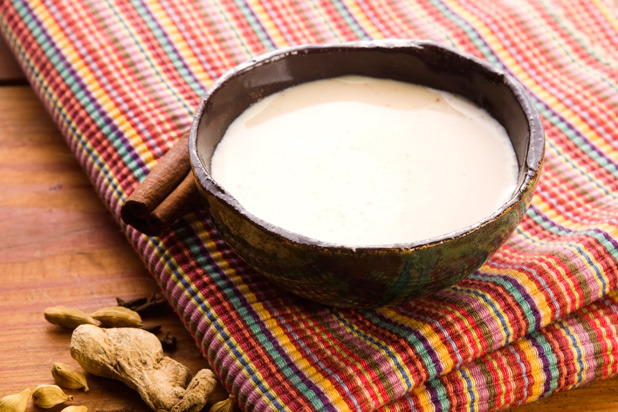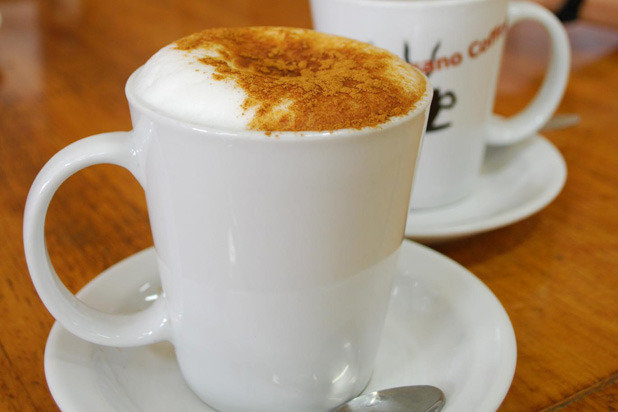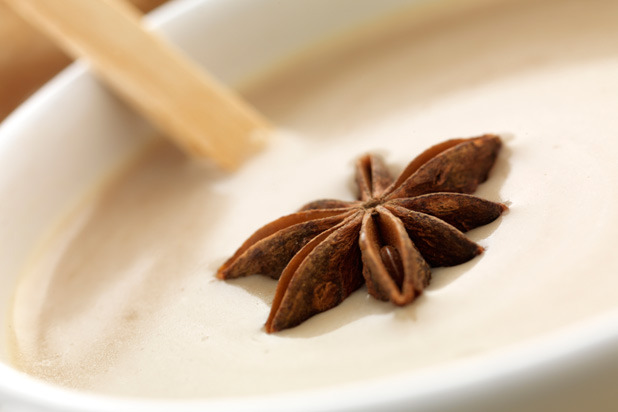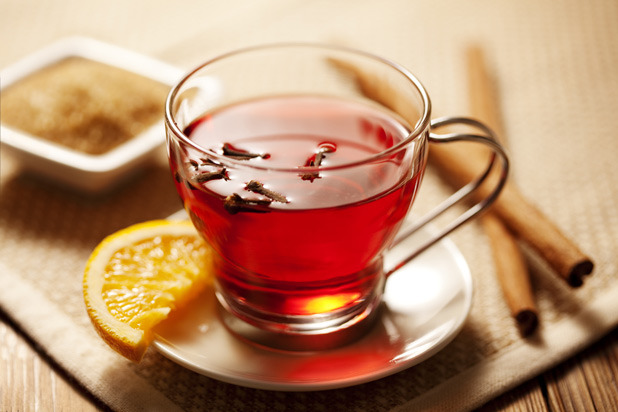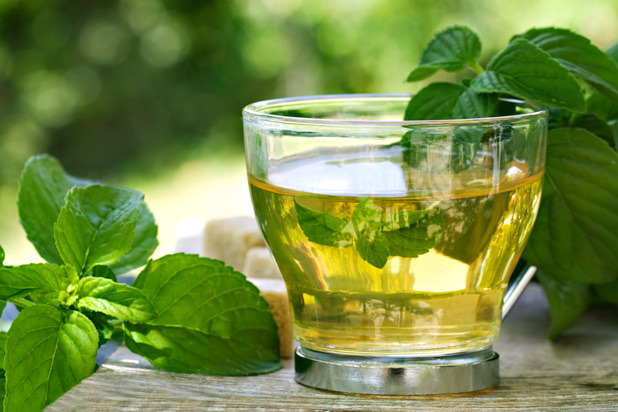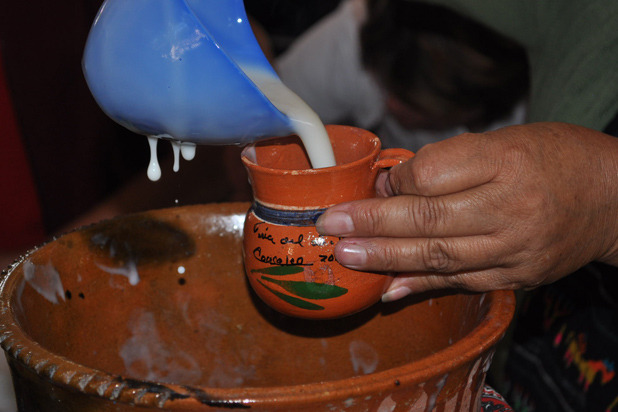11 Cold-Weather Drinks From Around The World (Slideshow)
This drink is aptly named: in English, it means sweet water. The simple preparation asks for unbleached and unrefined whole sugar cane, dissolved in hot water. The classic Costa Rican beverage is popular at breakfast.
South Asia: Masala Chai Tea
Though the flavor of masala chai might remind you of a Starbucks chai tea latte, this South Asian drink is strong and rich: black tea steeped in hot milk and water, flavored with an array of spices, such as green cardamom, cloves, cinnamon, ginger, and peppercorns. Each maker may add a unique flavor, such as nutmeg, vanilla, or star anise. It's often made by a street vendor, called a chai wallah, and sold at train stations throughout India.
Wattlecino: Australia
The seed of Australia's national flower, the golden wattle, is also used in a unique Australian drink. The seed, wattleseed, can be ground and used as you would coffee, and the resulting cappuccino — cleverly named a Wattlecino — is both caffeine-free and "mild with a nutty flavor."
Egypt: Sahlab
A popular hot drink in Egypt is sahlab, which is traditionally made from the ground-up bulb of the Orchis mascula orchids. The powder is mixed with boiled milk and sugar, and the starch of the orchid seed thickens up the drink. Topped with cinnamon, the drink is rich and filling.
Bolivia: Api Morado or Blanco
A typical Bolivian drink, api morado is a brew of purple corn and pineapple with added aromatic spices like cinnamon, cloves, and orange zest. The drink is so thick it can also be eaten with a spoon, and is usually served for breakfast. There is also a white version of the beverage, api blanco, which is made from milk, sugar, cinnamon, and white corn.
Holland: Anijsmelk
Anijsmelk is a classic Dutch drink, traditionally prepared by soaking aniseed in milk. Today, the drink is more commonly made with anjis blokjes, anise sugar cubes, which are stirred into warm milk.
Tibet and Nepal: Yak Butter Tea
The Tibetan drink yak butter tea it said to date back all the way to the 10th century. The traditional blend of black tea, milk, and salty yak butter, known as po cha, is still a customary drink in the Himalayan regions. Tibetans believe that because this this tea has butter in it, it provides essential caloric energy and is well-suited for high altitudes.
UK: Hot Toddy
This blended beverage of whiskey, lemon, brown sugar or honey, and boiling water is today a globally known cold-weather drink with its roots in the U.K. Here, the drink is usually enjoyed as a nightcap or a drink to help you sleep, and as a remedy for a common cold.
Morocco: Green Mint Tea
In Morocco, green mint tea is enjoyed throughout the day — the minty beverage is here a part of the local culture. It is Moroccan etiquette to offer tea to any visitors that might stop by, with a specific "tea ceremony." Fresh mint leaves, green tea, and sugar are brewed a few times, and each time the taste of tea changes: The first cup is often very strong and bitter, but the second cup has additional sugar and mint, giving that fresh, sweet flavor that Moroccan tea has become famous for even outside the country.
Sweden: Glögg (Hot Spiced Wine)
Glögg is a traditional Christmas beverage in Sweden (as well as Finland), often enjoyed all throughout December, and especially during the actual Christmas holiday. There are both alcoholic and non-alcoholic versions of glögg, which is a sweet, mulled wine, spiced with cinnamon, cardamom, cloves, and sometimes orange. Raisins and almonds are sometimes added to the bottom of the cup before pouring in the glögg, and scooped up and eaten with a spoon once the drink is finished.
Mexico: Atole
With origins that can be traced back to pre-Columbian times, atole is a traditional drink in Mexico and Central America. Made from masa (corn mash), water, sugar, cinnamon, and vanilla, the drink can be thick and porridge-like or light and watery, depending on the atole maker. It's a celebratory drink, and it is often served during Día de los Muertos and Christmas.
Iceland: Kúmenkaffi
This hard-to-pronounce and uniquely Icelandic beverage is coffee, to which caraway seeds have been added, giving it a spicy aroma and slightly tart flavor. Kúmenkaffi is often served after a meal, sometimes spiked with the Icelandic schnapps brennivín.

